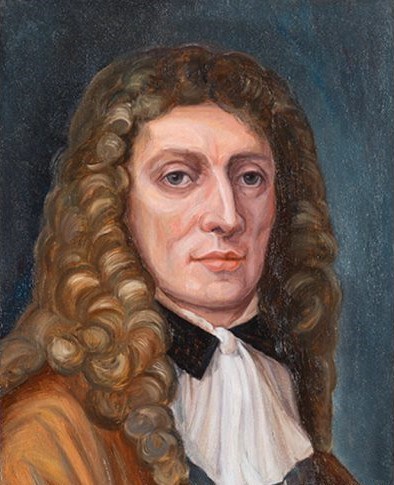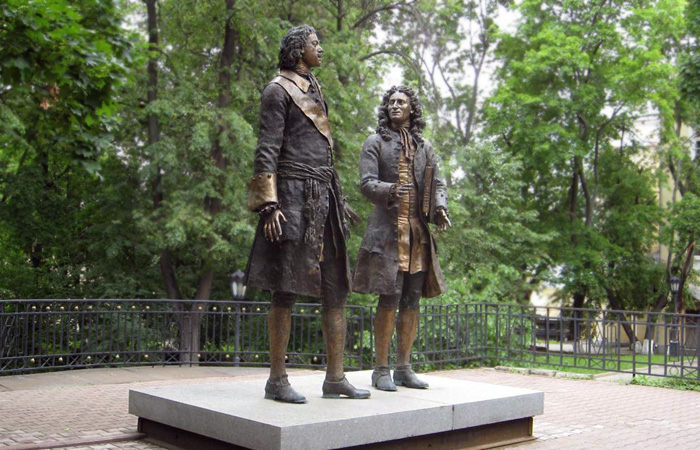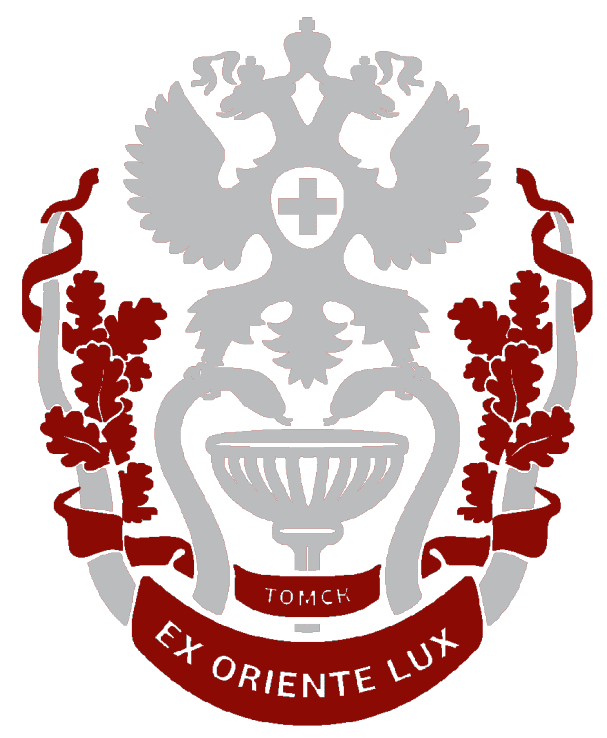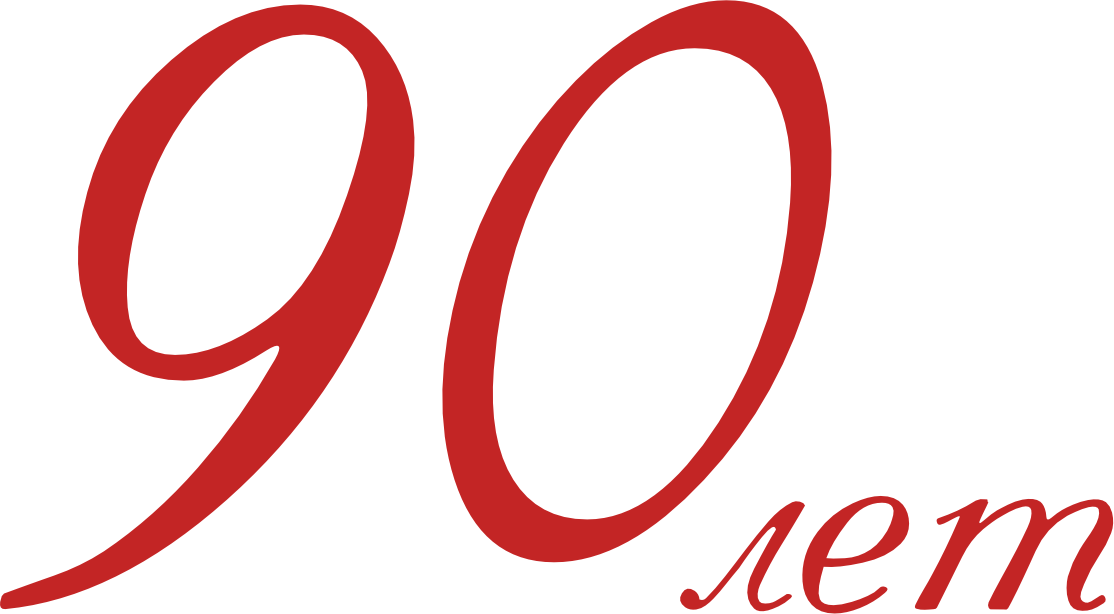In 1670, a son was born into a family of successful and respected Dutch doctors. In Russia, he was later called Nikolai Lambertovich Bidloo (1670-1735). His father was a good doctor and pharmacist, as well as a writer and botanist. In addition to his native language, he knew Greek, Latin, Italian and Hebrew — a typical encyclopedist, the ideal of a scientist of that era. The uncle of the future doctor was also a respected anatomist and surgeon, rector of the Leiden-Batavian Academy. In addition, he proved himself as a playwright and architect.

Nikolai Lambertovich Bidloo studied first at the medical school in Amsterdam, and then at the oldest Dutch university, Leiden. He received his doctorate in 1697. In 1702, he was invited to the Russian court. In 1703, Bidloo arrived in Moscow to take up the position of life physician – personal physician to Tsar Peter I. From 1703 to 1705, Nicholas Bidloo went on all trips around the country with the tsar.
The Doctor had, in fact, to comprehend the world anew. Russian Russian, from guilders to rubles, to get used to the cold, southern climate, to the fact that he is now not just Nicholas, but Nikolai Lambertovich, as well as to comprehend the Russian character.
At first, there was no point in Bidloo’s new job. The tsar’s health was so strong that he did not need not only a personal physician, but also any doctors at all.
In the end, the doctor couldn’t stand it and asked to go back to Holland. Moreover, his health, unlike that of the tsar, left much to be desired, and it became increasingly difficult to move with the monarch without rest.
Nikolai Lambertovich was refused, he was not allowed to return to his homeland. Then Peter entrusts his physician with a project that changed the history of Russian medicine. On June 5 (May 25, old style), 1706, Peter issued a decree in the name of boyar Ivan Alekseevich Musin-Pushkin: “…To build a state hospital for the treatment of sick people in a decent place behind the Yauza River opposite the German settlement. And that treatment should be given to Dr. Nikolai Bidloo, and two doctors Andrei Rybkin, and the other one who will be sent, and from foreigners and from Russians, from all ranks of people, to recruit 50 people for pharmacy science…»
The first patients were admitted to the hospital on December 4, 1707.

In 1721, the hospital burned down overnight and Nicholas Bidloo petitioned for the construction of a stone building. Peter the Great’s resolution: “To give and to build.” The stone building began to be built in 1723 and was completed in 1727.
Nicholas Bidloo was the head of the hospital and school until his death in 1735.
Now the hospital he created is called “The Main Military Clinical Hospital named after N.N. Burdenko”.
Sources of information:
Lisitsyn, Yu.P. History of medicine : textbook / Yu.P. Lisitsyn. – M.: GEOTAR-Media, 2008. – 400s.
Sorokina T.S.. The history of medicine : a textbook for students of higher educational institutions / T. S. Sorokina. – 8th ed., ster. – M.: Academy, 2008. – 560 p.
*The material was prepared by Isaenkova O.A.






![Garkavi A. V. Traumatology and Orthopedics / A. V. Garkavi, A. V. Lychagin ; auth. G. M. Kavalerskiy [et al.]. - 2023 Garkavi A. V. Traumatology and Orthopedics / A. V. Garkavi, A. V. Lychagin ; auth. G. M. Kavalerskiy [et al.]. - 2023](https://lib.ssmu.ru/ebs_news/0.jpg)
![Гаркави А. В. Травматология и ортопедия / А. В. Гаркави, А. В. Лычагин ; соавт.: Г. М. Кавалерский [и др.]. - 2022 Гаркави А. В. Травматология и ортопедия / А. В. Гаркави, А. В. Лычагин ; соавт.: Г. М. Кавалерский [и др.]. - 2022](https://lib.ssmu.ru/ebs_news/1.jpg)











